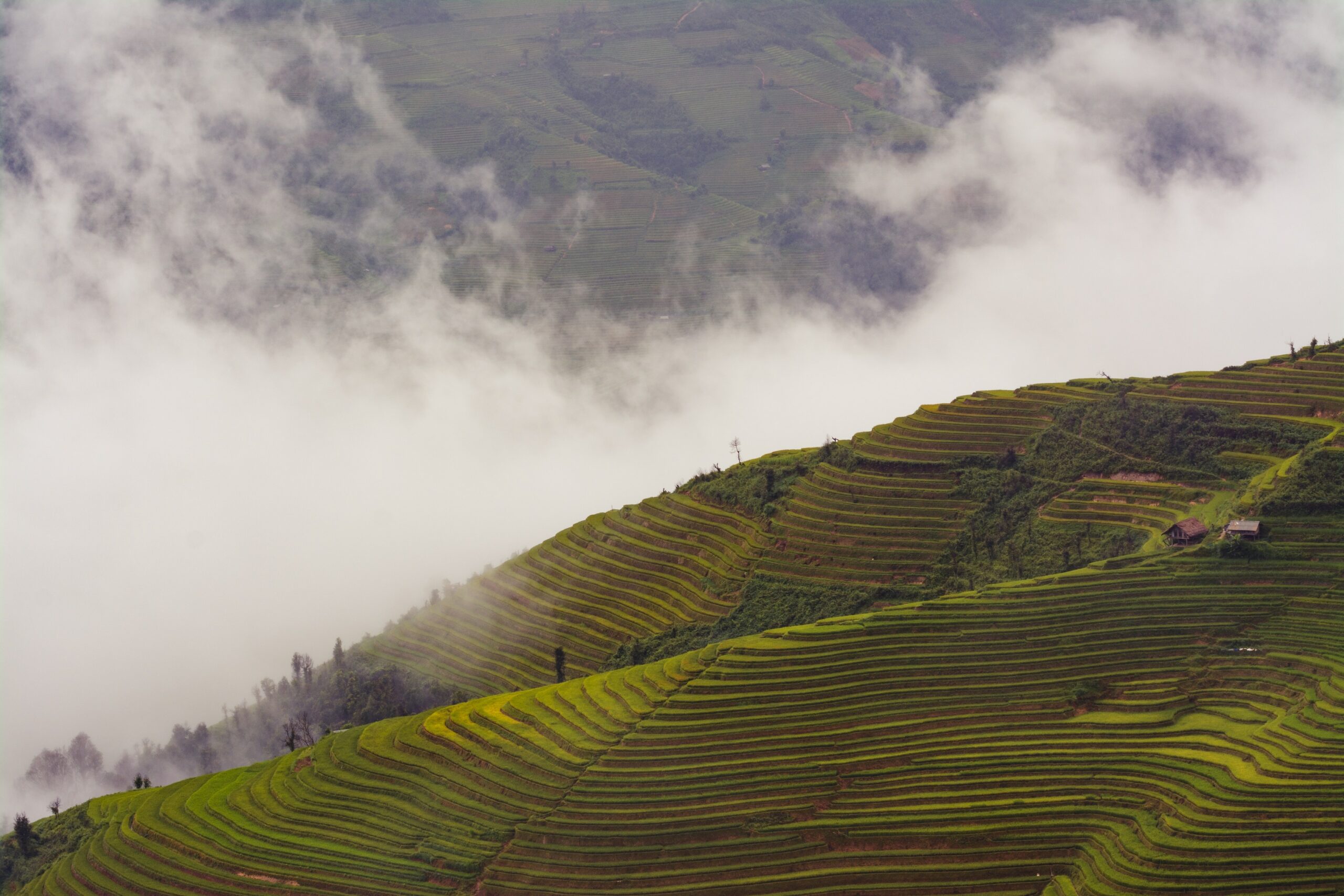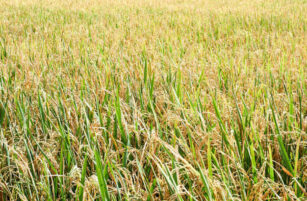
In previous articles, when discussing arable crops, we’ve always made a point of excluding rice. But today, we explain what makes rice so different.
A Lot to Learn
The three largest crops globally (by weight) are corn (maize), sugarcane, and paddy rice.
Around 1 billion tonnes of maize is grown each year, compared to 750 million tonnes for paddy rice. Maize, however, is also used for ethanol production, which narrows that gap.
Although paddy (un-milled) rice is grown globally, it has supreme importance in Asia, with China and India accounting for 49% of global production. Indonesia, Bangladesh, Vietnam and Thailand are also significant producers.
Rice is a versatile crop, but requires flat land and an abundant supply of water (either naturally or through irrigation), as it can spend up to 80% of the growing season in water. Fortunately, it’s able to produce reasonable yields on acidic soils (at pH 5.5), which are common in the tropics.
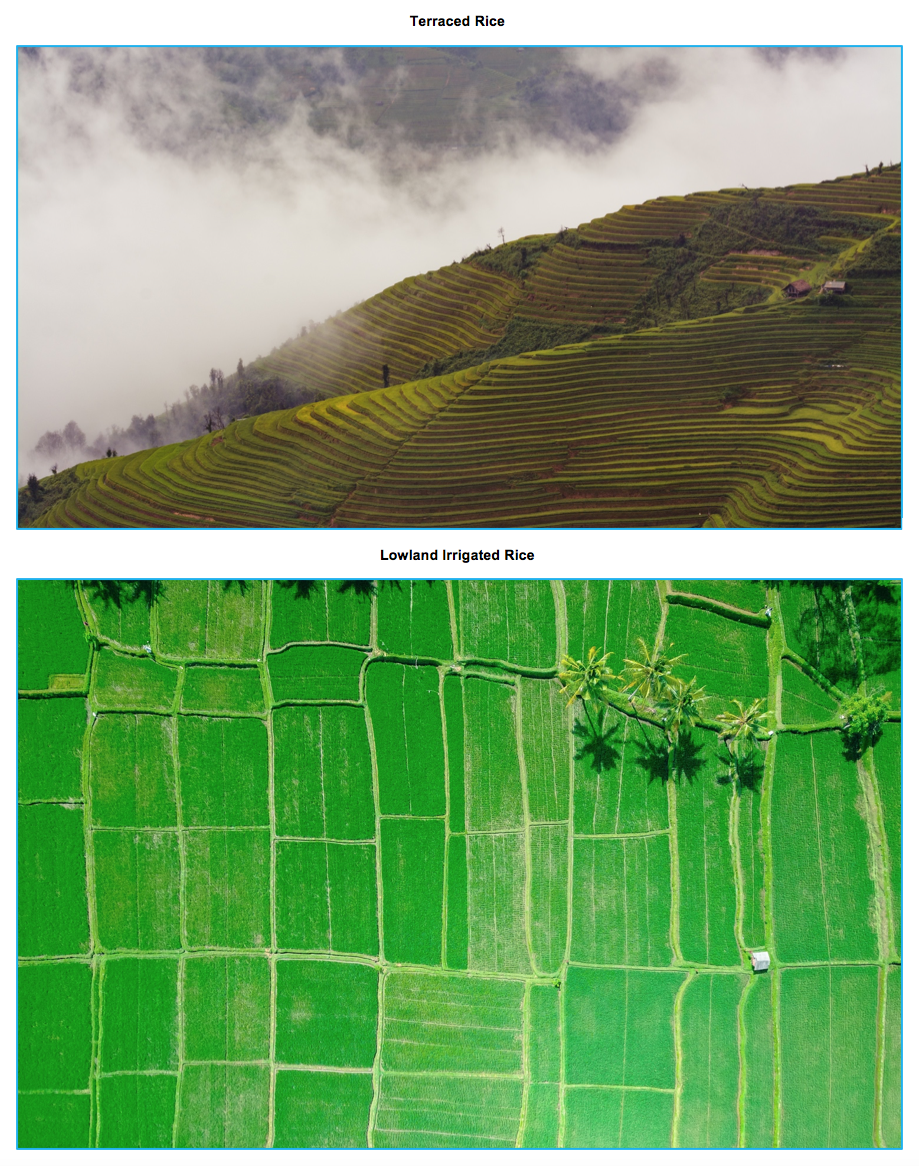
From an SA/SIA standpoint, rice production is significantly more complex than other cereal crops, such as maize and wheat. This is because rice is produced in different systems, some of which cannot be easily adapted to min-no till operations and, most importantly of all, water is critical to cultivation.
This, in turn, creates an additional greenhouse gas to those discussed for other cereal crops from cultivations, namely methane CH4, with a GWP (Global Warming Potential) of 84 times CO2 over a 20 year period. Bacteria living off nutrients released by the plant roots in flooded soils produce this methane and flooding is a normal part of many rice production systems.
Lessons can also be learned from challenging weed and pest control in rice and the implications for Integrated Pest Management (IPM).
Rice therefore makes an excellent case study in how to manage sustainability and will also eventually lead to new topics on plant genetics and post-harvest waste.
Rice Growing Systems
There are four ways of planting/growing rice and, crucially, the rice must have access to abundant water either through flooding, rain or irrigation.
1. Transplantation
Rice seed is germinated in wet nurseries and the young plants are then moved to the paddy field and frequently hand planted, although mechanization of the process is possible.
This is the common method used in Asia and Africa in lowland systems.
A typical process would be to deep plough stubbles to bury weeds, followed by two passes with a harrow, followed by a further pass with a leveller or wooden plank to ensure the paddy is flat (puddling). Increasingly, laser levellers are used to assist in the final process.
From an SA/SIA standpoint, this extensive land disturbance has implications for greenhouse gas emissions. The process is labour intensive and uses a lot of water.
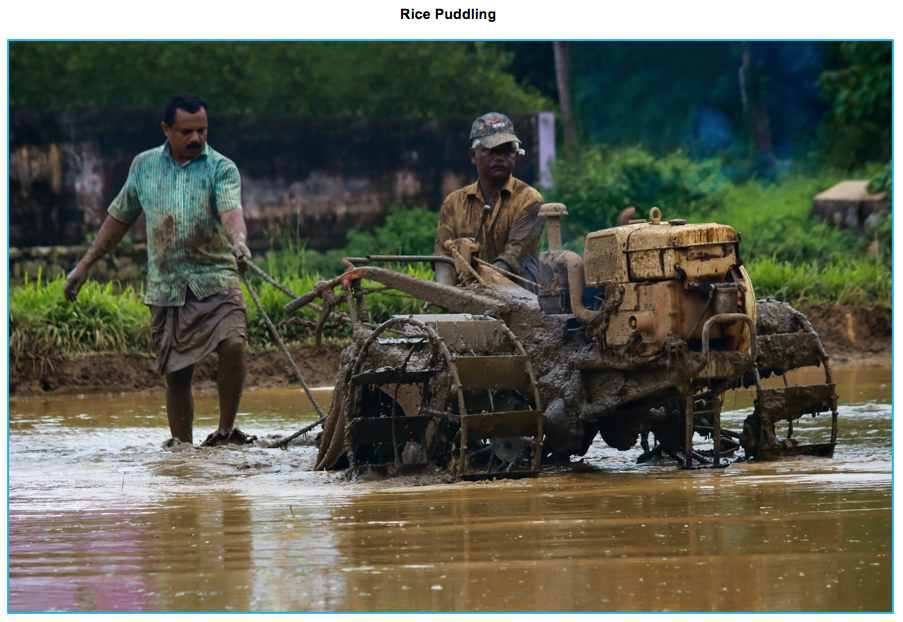
2. Direct Seeding
This can be done dry, semi-dry or wet. In the case of the wet process, seeds require soaking for 24 hours for pre-germination.
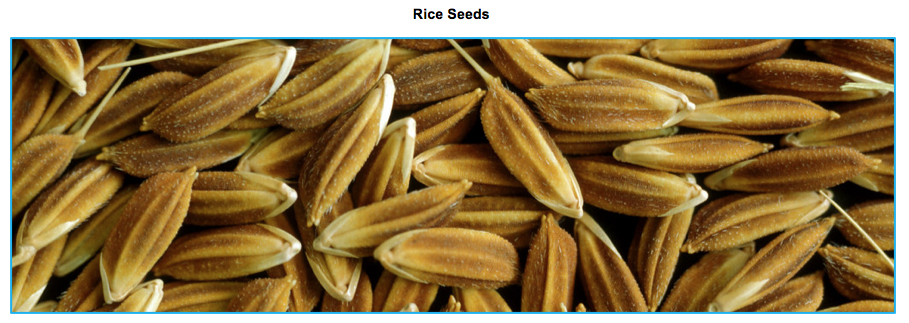
Dry seeding is a common method in many upland systems but also, in the US, direct seeding takes place onto dry soils. Direct seeding is often carried out on flooded or saturated soils in South America too, and this method is gaining in popularity in Asia.
Seeding methods vary from manual broadcasting to more sophisticated machinery that combine operations, such as seeding and harrowing, or using seed drills. Although there’s less undesirable land disturbance, weed control is a major issue often solved by the extensive use of herbicides.
3. Deep Water / Floating Rice
These varieties have been adapted for growing in deep water. They are mostly found in large river systems and associated deltas in Asia, such as Northeast India (Brahmaputra River), Myanmar (Irrawaddy River) and Cambodia/Vietnam (Mekong River).
Floating rice is planted dry and is then exposed to flooding by monsoon rains and the swelling of rivers. It’s designed to match rising water with stem elongation between nodes by stimulating the hormone gibberellin.
It’s the opposite process to the shortening of internodes by gibberellin inhibitors (in crops such as wheat and barley) and is used to increase standing power.
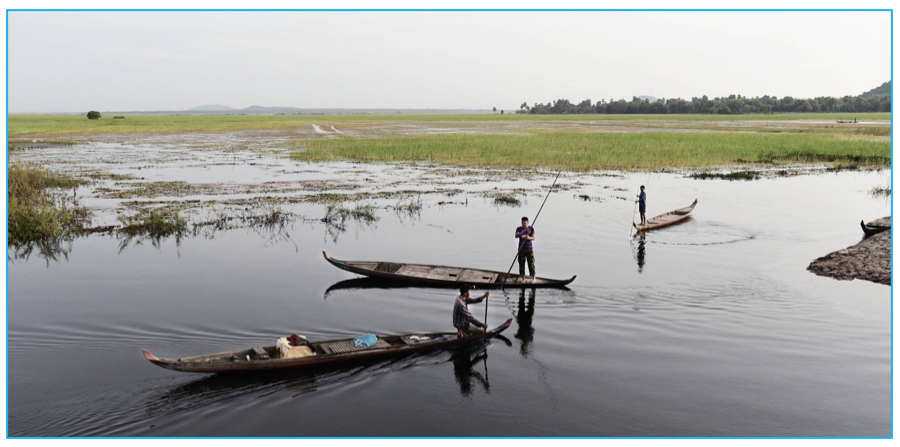
4. Ratoons
Seasonal rice can sometimes produce up to three crops per year and, in tropical climates, can be ratooned. This process allows the stubble to regenerate (several times if needed) without re-planting. This underexplored method has some important ramifications for SA/SIA due to the much reduced soil disturbance.
5. Rice Categorization
Rice growing categorization and regions are normally divided into:
a. Upland
Rainfall is variable or in short supply, which often leads to poor yields, exacerbated by soil infertility and especially shortages of phosphorous, soil erosion, and attacks of the debilitating disease, blast fungus.
Traditional methods are transplanting and flooding but from around 2000 onwards, there’s been considerable interest in aerobic production, which involves dry seeding with special drought resistance seeds.
Unfortunately, the yield results are variable, especially after several continuous crops, and more research and education on management techniques is required. Aerobic rice is an important development in SA/SIA as it allows desirable min-till/low-till systems to be introduced.
b. Lowland (Irrigated)
Irrigation provides much better control and flexibility in rice production and allows crops to be grown in both the wet and dry seasons. Water use can be reduced.
Excessive irrigation comes with its own set of problems and especially from an increase in soil salinity in arid regions.
This is the most common method globally (more than 55%).
c. Lowland (Rain Fed)
This system is used where rainfall is abundant.
Bunds store water and are built to mitigate against drought. Ploughing, puddling, and flooding the paddy field for transplanting is also a useful method of weed control.
There’s considerable scope for improved sustainability using dry seeding in areas awaiting abundant seasonal rainfall or using supplemental irrigation where available.
This is the second most common method globally (more than 30%).

Successes and Failures
Although improving the sustainability of rice has proven difficult, the other part of the equation, intensification, is a success story.
Rice was one of the main beneficiaries of the 1960’s Green Revolution.
This has been followed from 1983 by the Alternative Wetting and Drying System (AWS), developed by the Jesuit Priest, Father Henri de Laulanié in Madagascar, as part of the SRI (System of Rice Intensification).
More recently, this system has come under critical scrutiny and sometimes cannot match the Best Management Practices (BMP) of local systems.
One concern is that the incremental extra yield has recently started to slow down.
There could be several reasons for this, such as reduced disease resistance, but one theory suggests that, as a result of global warming, the plant is increasing respiration (during warmer nights), which uses up energy that’s not then available for photosynthesis.
Similarly, extremes of drought and over-flooding have significant consequences, especially for rain fed systems, but also for floating rice, which in recent years has seen water levels too high and the rice has literally drowned.

Other Opinions You Might Be Interested In…
- Sustainable Agriculture: Arable Farming
- Sustainable Agriculture: Arable Nitrogen Use
- Sustainable Agriculture: Tackling Fertilizer Waste Head-On
- Sustainable Agriculture: Advanced Technology to Improve Yields

